'A Bit of a Jolly': How Humble Hong Kong Sevens Shaped World Rugby
The success attracted the world's best players and eventually national teams, or at least some of them
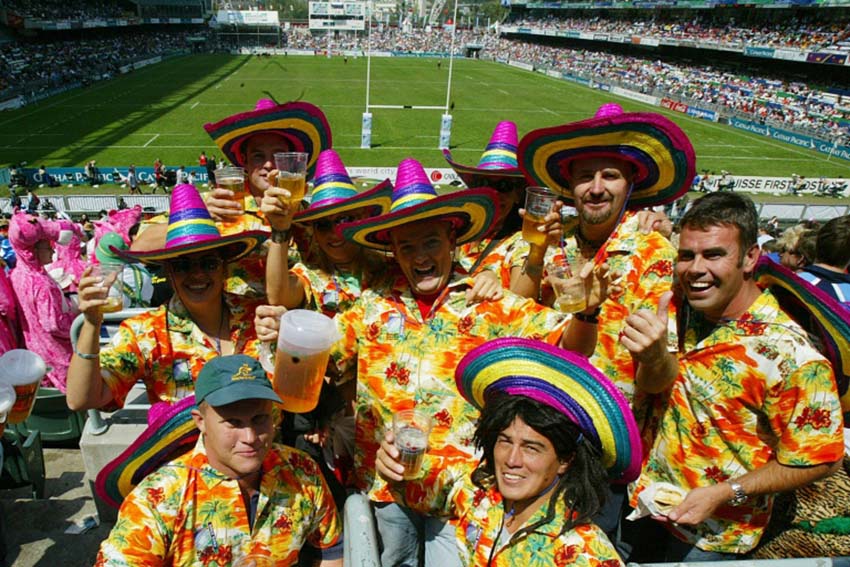
Packed stands with supporters in fancy dress are a hallmark of the Hong Kong Sevens. Photo Credit : AFP | File | Ted ALJIBE
As Japan gears up to host Asia's first Rugby World Cup, they might give a nod of thanks in the direction of continental neighbours Hong Kong for helping to make it all possible.
The Hong Kong Sevens has grown from an end-of-season bash to a globally acclaimed festival of rugby, inspiring the World Cup Sevens and World Sevens Series and tens of thousands of fans, who don outrageous fancy dress and party till they drop in the stands.
Its 43-year history has been liberally sprinkled with legends such as Jonah Lomu, David Campese, Waisale Serevi and Zinzan Brooke.
The city holds the accolade of being the only two-time hosts of the Sevens World Cup (1997 and 2005), reward for Hong Kong's pivotal role in developing the oval-ball game across the world's most populous continent.
The growth of sevens resulted in rugby's return to the Olympics in 2016 after a 92-year absence.
'An innovative idea'
None of that was in the wildest dreams of a group of club enthusiasts when they devised the event, according to former Hong Kong Rugby Football Union president Brian Stevenson, who has been involved from the start and was treasurer for the inaugural staging in 1976.
"There had never been a thought about a kind of international sevens. I thought it was a very innovative idea," says Stevenson, HKRFU president from 2001 to 2016, at the Hong Kong Jockey Club in Happy Valley, within kicking distance of where it all began.
Stevenson describes how a capacity 3,000 crowd packed Hong Kong Football Club to see New Zealand's Cantabrians win against sides from Indonesia, South Korea, Australia, Tonga, Japan, Sri Lanka, Malaysia and Fiji.
"Nobody would have expected it to take off as it has. We've been most fortunate," says the Scot.
"I always felt it was the nature of Hong Kong and its location. This is probably the most international city in Asia. And when the fans came in, this was all pretty good.
"You think of the timing, 1976. Hong Kong was developing as a financial centre. Cathay Pacific was beginning to expand its wings. So there's a lot of things together that really made it."
'That's not the game'
The seed for the Hong Kong Sevens was sown when A.D.C. "Tokkie" Smith, then chairman of the Hong Kong RFU, attended the Scottish Rugby Union centenary sevens at Murrayfield in 1973.
By 1975 he had plans for an international 15-a-side tournament, but they were met with resistance from the governing body of the then strictly amateur sport.
"They were not helpful at all," says Stevenson. "So the way around it was an invitational sevens. I don't think any of us expected it to take off. Well, it was absolutely enormous."
The success attracted the world's best players and eventually national teams, or at least some of them.
"The most supportive people were definitely the southern hemisphere Australia and New Zealand," says Stevenson. "They came to the party quite soon. The (Pacific) islands Tonga, Samoa, Fiji were basically here from the word go.
"But the countries up north, well, that was a different experience.
"I remember visiting the Scots, and them saying, 'Aye Brian, but that's not the game, the game is fifteens'.
"'OK Sir,' I'd say. And I'd go back to little Hong Kong."
Professional edge
Stevenson believes the willingness of southern hemisphere players to embrace sevens gave them an edge when the game went professional in the 1990s.
"The big players, the forwards, the Zinzan Brookes, had become much more mobile than in the northern hemisphere. I thought it actually improved their game," says Stevenson.
Eventually the north came to the party.
"We had sides from United Kingdom like the Barbarians, The Penguins, the Scottish Borderers," said Stevenson. "They key was they came with the best players like (Scotland's) Hastings brothers.
"They were hugely supportive and they told their unions, 'Come on, support these guys and go international'. That's how it developed."
Hong Kong now enjoys a three-day 40,000 sellout of colour, costume and top-class sevens in April every year with plans to expand to a new, bigger stadium in 2023.
"It started as a bit of a jolly," admits Stevenson.
"But if you go back to the genesis of the whole thing, part of it was to develop rugby in Asia.
"You always had a New Zealand against Sri Lanka and a 50-0 wipeout or something. But when you spoke to the Sri Lankans they were over the moon.
"They had played against Jonah Lomu. They had had that experience. That was what it was all about."
-
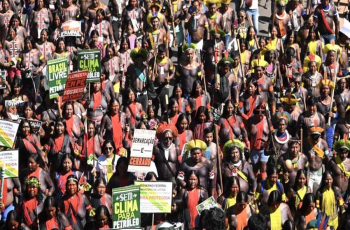
Indigenous people march in Brazil to demand land demarcation
2024-04-24 -

Talks on global plastic treaty begin in Canada
2024-04-24 -
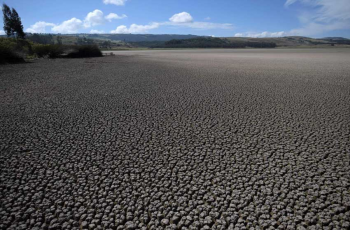
Colombian court recognizes environmental refugees
2024-04-24 -
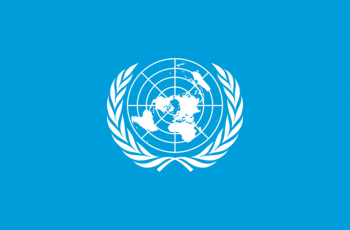
Asia hit hardest by climate and weather disasters last year, says UN
2024-04-23 -
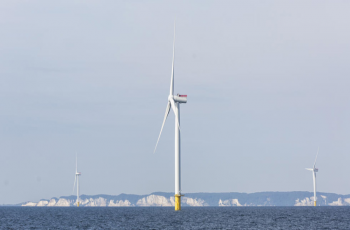
Denmark launches its biggest offshore wind farm tender
2024-04-22 -
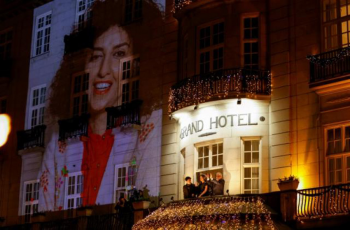
Nobel laureate urges Iranians to protest 'war against women'
2024-04-22 -
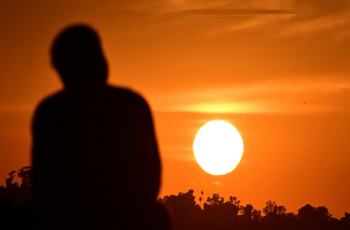
'Human-induced' climate change behind deadly Sahel heatwave: study
2024-04-21 -

Moldovan youth is more than ready to join the EU
2024-04-18 -
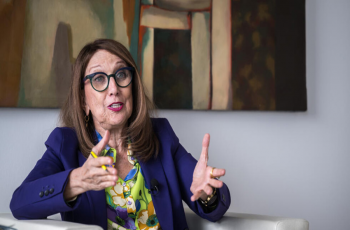
UN says solutions exist to rapidly ease debt burden of poor nations
2024-04-18 -
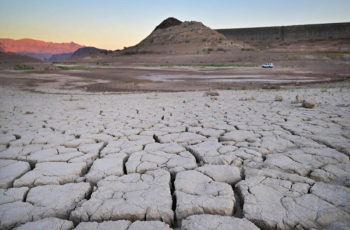
Climate impacts set to cut 2050 global GDP by nearly a fifth
2024-04-18
